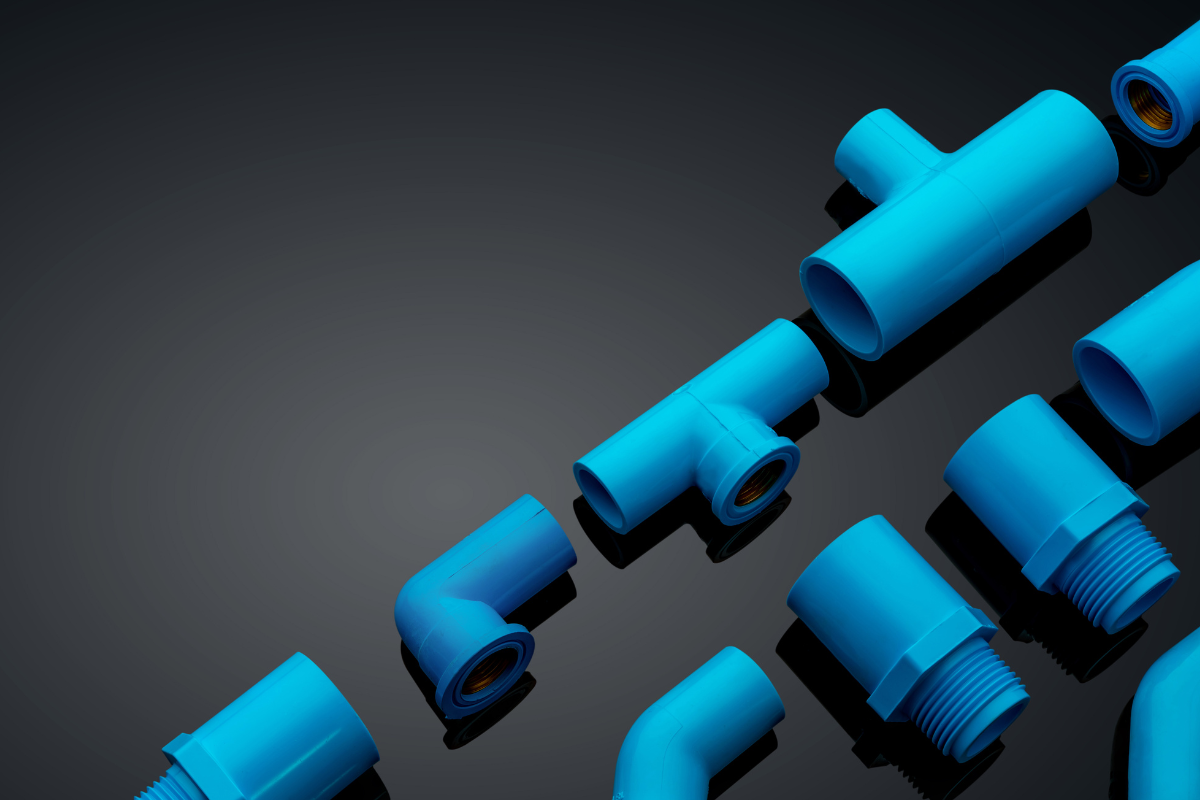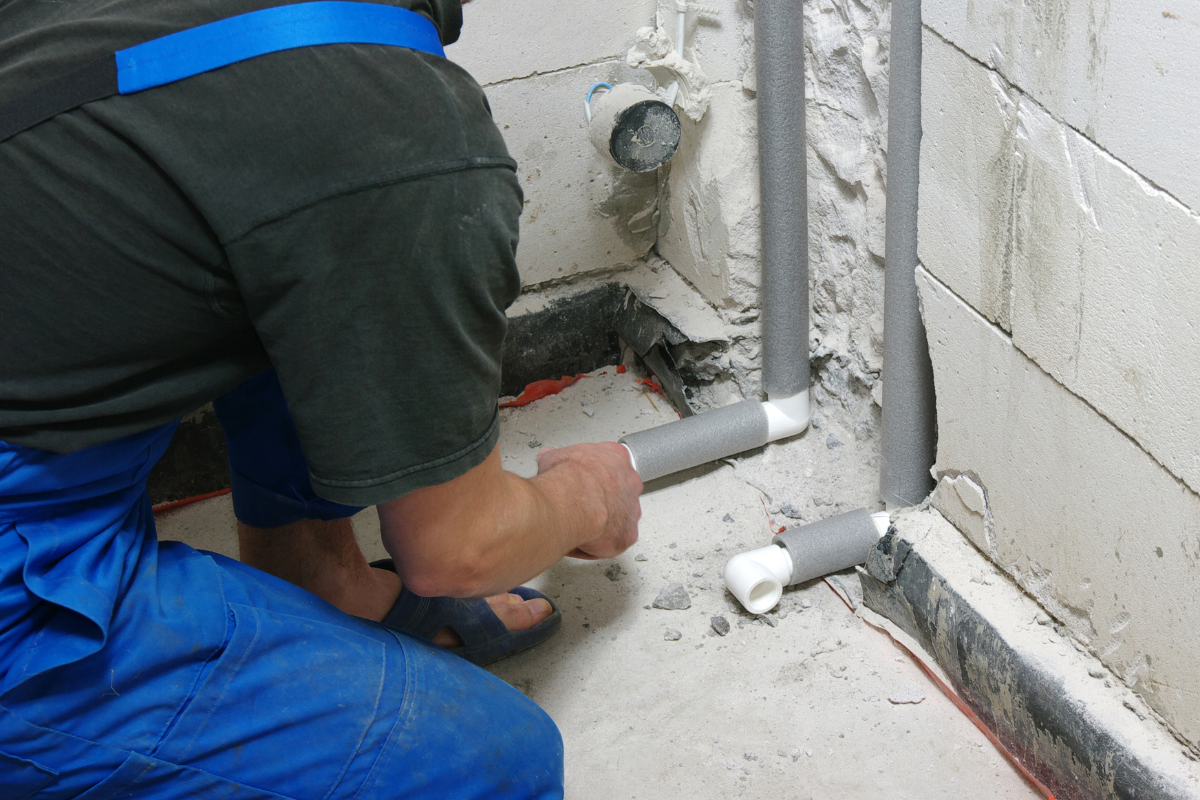In any industrial piping system, pipe fittings are critical components that ensure proper flow, pressure control, and structural integrity. However, they’re also common points of failure if not properly selected, installed, or maintained. Whether you’re in chemical processing, oil & gas, pharmaceutical, or marine industries, identifying and mitigating problems with pipe fittings can save time, money, and downtime.
At Arham Alloys, we provide high-performance stainless steel and corrosion-resistant pipe fittings for challenging environments. In this blog, we’ll explore the most common pipe fitting problems, their causes, and practical ways to prevent them.
🔧 1. Leakage at Joints and Connections
The Problem:
Leakage is one of the most widespread and costly issues associated with pipe fittings. Leaks can occur due to:
- Improper installation or torque
- Incorrect sealing materials (gaskets, PTFE tape)
- Thermal expansion or contraction
- Corroded or cracked fittings
Why It’s a Problem:
Leaks lead to product loss, contamination, corrosion, and even explosive hazards in volatile environments.
Prevention Tips:
- Use correct sealing compounds and gaskets
- Follow torque specifications during installation
- Choose high-quality stainless steel fittings that resist corrosion and fatigue
- Regularly inspect connections for signs of moisture or weeping
- For corrosive environments, opt for welded joints instead of threaded ones
⚠️ 2. Corrosion and Rusting
The Problem:
Corrosion affects both metallic pipe fittings and the surrounding infrastructure. It can result from:
- Exposure to moisture, chemicals, or saltwater
- Galvanic reaction between dissimilar metals
- Crevice corrosion in tight joints
Why It’s a Problem:
Corroded fittings weaken structural integrity, cause leakage, and may contaminate fluids (especially in food-grade or pharma systems).
Prevention Tips:
- Choose corrosion-resistant materials like 316 stainless steel, Alloy 20, or Duplex stainless steel
- Avoid mixing metals to prevent galvanic corrosion
- Apply protective coatings or use passivated stainless steel
- Design systems to minimize moisture traps and stagnant flow
🧩 3. Misalignment and Improper Fit
The Problem:
When pipe fittings are forced into place, it causes stress on the system and uneven flow. Misalignment may result from:
- Inaccurate fabrication
- Thermal expansion not accounted for
- Poor workmanship during assembly
Why It’s a Problem:
Misaligned fittings lead to excessive vibration, cracking, and premature system failure under pressure.
Prevention Tips:
- Use precision-engineered fittings like those supplied by Arham Alloys
- Ensure accurate alignment during installation with proper supports and bracing
- Factor in thermal movement and allow for expansion joints if necessary
- Avoid forcing parts into position
🔄 4. Material Incompatibility
The Problem:
Different fluids and operating conditions require specific materials. A mismatch can cause rapid degradation, leaks, or safety failures.
Why It’s a Problem:
Incorrect material selection can result in chemical attack, brittleness, or erosion of fittings.
Prevention Tips:
- Analyze the chemical, pressure, and temperature profile of your application
- Use material data sheets and corrosion resistance charts
- Choose materials such as 316L, Hastelloy, or Titanium for aggressive environments
- Consult with Arham Alloys for custom alloy recommendations tailored to your industry
🔩 5. Over-Tightening or Under-Tightening
The Problem:
Incorrect torque during fitting installation can damage threads or fail to seal joints properly.
Why It’s a Problem:
- Over-tightening leads to thread stripping, cracks, or distortion
- Under-tightening results in leaks or joint failure under pressure
Prevention Tips:
- Always follow manufacturer torque guidelines
- Use torque wrenches for precision
- Avoid using pipe wrenches on stainless steel fittings—they can distort or damage the surface
🌡 6. Thermal Expansion and Contraction
The Problem:
Temperature fluctuations cause materials to expand and contract, which can stress fittings and seals.
Why It’s a Problem:
Thermal stress can lead to cracks, gasket failure, and leakage, especially in long pipeline runs.
Prevention Tips:
- Choose fittings that allow for thermal flexibility
- Use expansion joints or flexible couplings in high-temp systems
- Select materials with low thermal expansion coefficients, like Duplex stainless steel
⚙️ 7. Clogging and Fouling
The Problem:
Build-up of sediments, scale, or chemical residues inside fittings restricts flow and increases pressure.
Why It’s a Problem:
Clogs reduce system efficiency, cause backpressure, and increase the risk of pipe bursts or joint failure.
Prevention Tips:
- Design systems with smooth internal finishes and cleaning access points
- Choose fittings with minimal crevices where build-up may occur
- Use corrosion- and scale-resistant materials
- Schedule regular flushing and cleaning routines
🔍 8. Inadequate Pressure Rating
The Problem:
Using fittings not rated for the system’s pressure results in structural failure or bursting.
Why It’s a Problem:
Overstressed fittings can crack, rupture, or deform under high pressure, leading to safety hazards.
Prevention Tips:
- Always verify pressure ratings (e.g., Class 150, 300, 600)
- Choose fittings tested under hydrostatic pressure
- Consider seamless fittings for high-pressure lines
💡 9. Vibration and Fatigue
The Problem:
In dynamic systems with rotating machinery or pumps, vibration can loosen fittings and create fatigue cracks.
Why It’s a Problem:
Leads to cyclical stress failures, especially in threaded or flanged fittings.
Prevention Tips:
- Install vibration dampeners or flexible joints
- Support piping with adequate bracketing and anchors
- Use welded connections in high-vibration zones
🛠 10. Using Substandard or Low-Quality Fittings
The Problem:
Low-quality fittings made from subpar materials or poor machining can compromise the entire system.
Why It’s a Problem:
They’re more prone to corrosion, failure under stress, or dimensional mismatches.
Prevention Tips:
- Source from trusted suppliers like Arham Alloys
- Request material test certificates (MTC) and compliance documents
- Insist on fittings conforming to ASTM, ASME, and ISO standards
🧠 Conclusion: Prevention is Better than Replacement
Your piping system is only as strong as its weakest connection—and pipe fittings are often the first to fail if improperly selected or installed. By understanding the common problems and following the best practices outlined here, you can prevent premature wear, protect your infrastructure, and ensure long-term performance.
At Arham Alloys, we offer high-quality stainless steel and alloy pipe fittings designed to withstand even the most challenging industrial environments. With certified materials, custom options, and expert guidance, we help you build systems that last.
Frequently Asked Questions (FAQs)
1. What are the most common problems with pipe fittings?
Leakage, corrosion, misalignment, and material incompatibility are some of the most common issues.
2. How can I detect early signs of fitting failure?
Look for moisture around joints, discoloration, vibration, pressure drops, or visible rust.
3. Are stainless steel fittings suitable for all corrosive environments?
Grades like 316 and Duplex stainless steel are ideal, but for extreme acids, alloys like Hastelloy or Alloy 20 are better suited.
4. Can I reuse pipe fittings?
Reusing is risky, especially if they show signs of wear, corrosion, or deformation. It’s safer to replace them.
5. How do I prevent thread leaks?
Use proper sealing tape or compound and follow torque specifications during installation.
6. What is the difference between welded and threaded fittings?
Welded fittings are stronger and leak-resistant; threaded fittings are easier to install but more prone to leakage.
7. What causes corrosion in stainless steel fittings?
Exposure to chlorides, incorrect material grade, or improper cleaning can cause corrosion.
8. How important is surface finish in fittings?
Very. Smoother internal surfaces reduce buildup, corrosion risk, and contamination—especially in food-grade or pharma applications.
9. What pressure ratings should I look for in fittings?
It depends on your system. Common classes include 150, 300, 600, and higher for high-pressure setups.
10. Can temperature fluctuations damage pipe fittings?
Yes. Expansion and contraction can lead to cracks, loosening, or seal failure.
11. Should I use Teflon tape or thread sealant?
Both are viable—use as per fitting type and pressure rating. For stainless steel, thread sealants may offer better corrosion protection.
12. What standards should quality fittings conform to?
Look for compliance with ASTM A403, ASME B16.9, ASTM B366, and ISO 9001.
13. How often should I inspect fittings?
For critical systems, inspect monthly or during routine maintenance shutdowns.
14. What should I do if I find a corroded fitting?
Replace it immediately and assess surrounding components for similar damage.
15. Why choose Arham Alloys for pipe fittings?
Because we offer certified, corrosion-resistant, and precision-engineered fittings backed by expert consultation and custom options.








